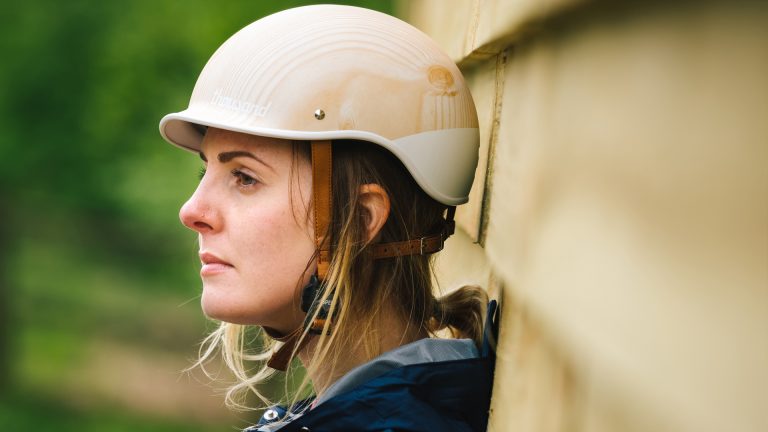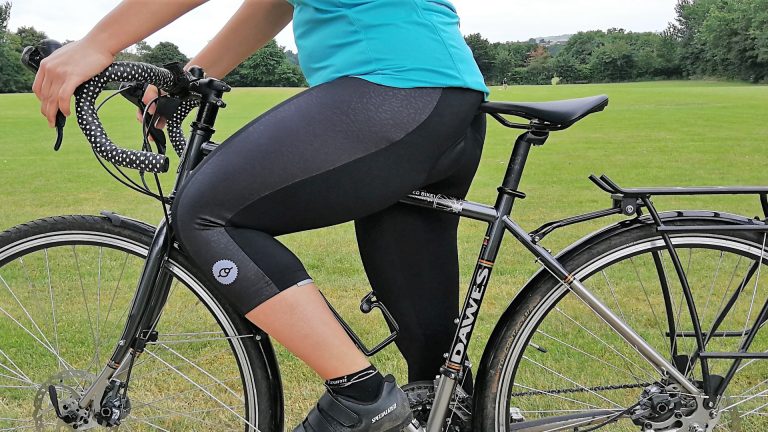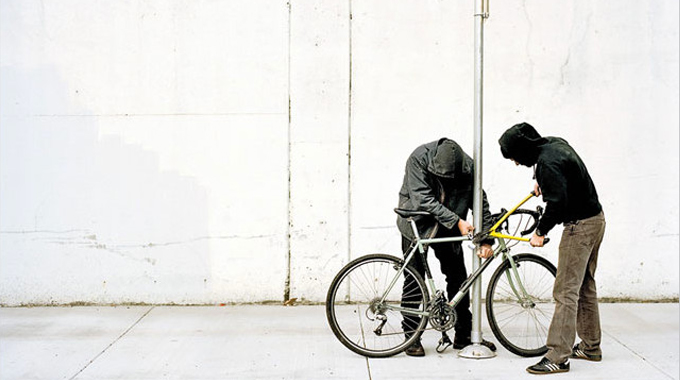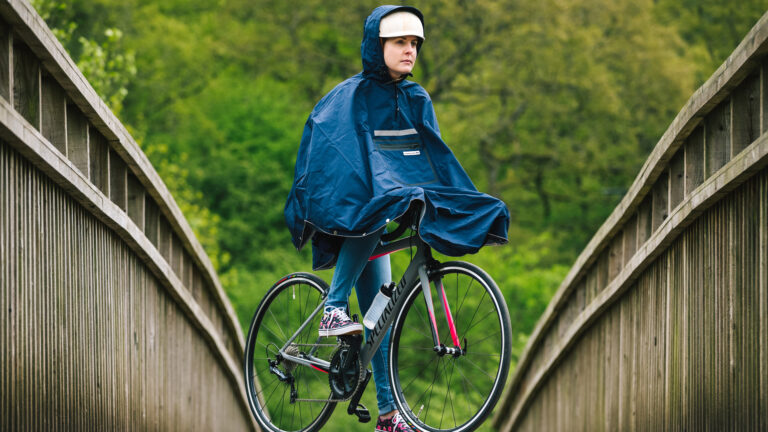I’ve never ridden an E-bike before, or in fact spent longer than twenty minutes on a Dutch Style bike such as the Kalkoff Agattu Impulse which was recently handed over to me on a trip in Italy – via hire company Girolibero.
The five gear machine had a covered belt drive, Scwalbe Marathon tyres, daytime running lights, a luggage rack – and a 36 volt battery. Oh, and a kickstand.
The electric motor was controlled by a handlebar mounted remote, with varying speeds, so you could choose to use more or less power, or no power at all, depending upon your energy levels and the terrain.
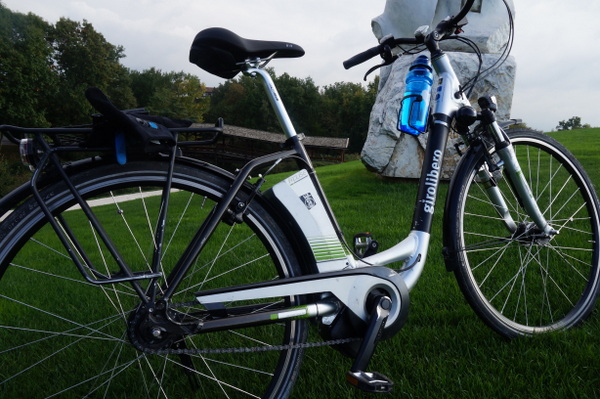
The ride in question was a 15km tour of the local vineyards, with a selection of stops along the way to explore the winery and indeed taste the produce. The terrain was far from flat, with some pretty serious short, sharp ramps along the way.
Collecting the bike, I instinctively went to pick it up, to turn it to face the direction if intended movement, and quickly had other ideas. I’m not sure of the exact weight, but 20 kilograms would not have been too far off a sensible estimation.
I rode a few laps around the car park, to get used to the wide steering of a city bike and of course the Euro style braking -where the levers control the opposite brakes, before launching myself and the bike up the little ramp out of the car park a couple of times.
The Dutch bike position meant I could easily swing my canvas bag with camera and notebook over my shoulder with no issue, and a rack on the back would provide ample safe storage should I want to stow any items.
I didn’t turn the motor on until the peloton of E-bike riders was gathered and ready to make exit into the Italian countryside. Turning the motor on was easy – a simple tap of a button, with up and down arrows to control the degree of power. A few pedal strokes in, and I felt no assistance – a little concerning as my ride buddies began to zip up the exit ramp. Then, a jolt, and a burst of movement, and the engine kicked in. What had been a fairly considerable effort was now a breeze.




